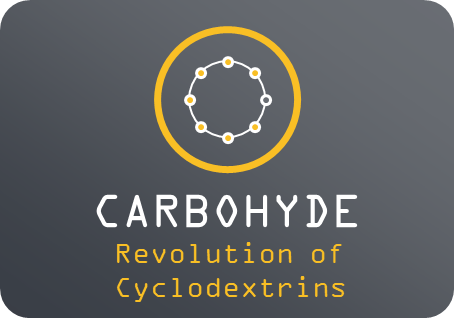A composition for activating plant’s natural defense mechanisms to extend the shelf life and methods thereof
The agricultural use of CDs is often neglected, so here is an excellent example of exploiting their potential in this field. This includes the application of the encapsulated powder of the active ingredient, which is released in a sustained manner near the farm/agricultural produce. When the volatile active ingredient is released, it slows down the ethylene biosynthesis pathway and restricts microbial growth of fresh produce without any expensive technologies (refrigeration) and harmful chemicals (toxic). It can be adopted to any stage of the fruits and vegetable supply chain.
See the full patent on Patentscope

